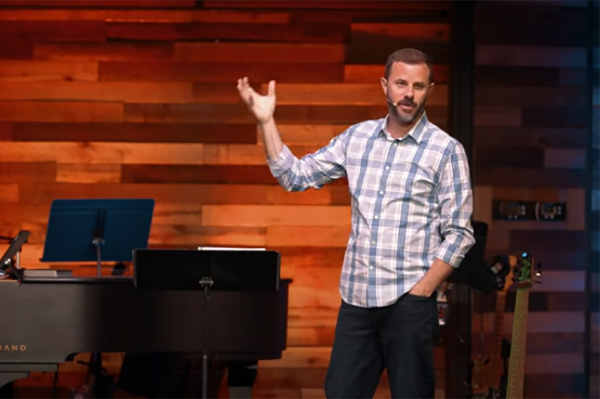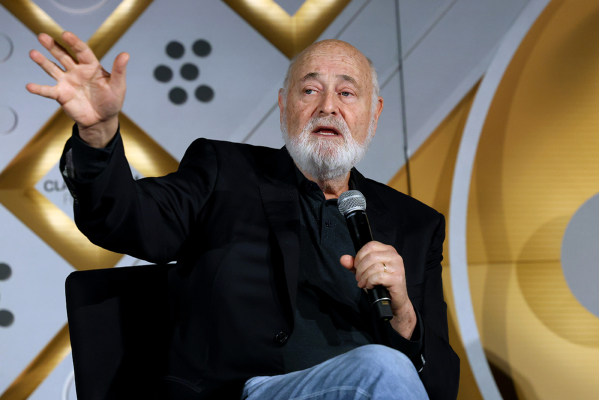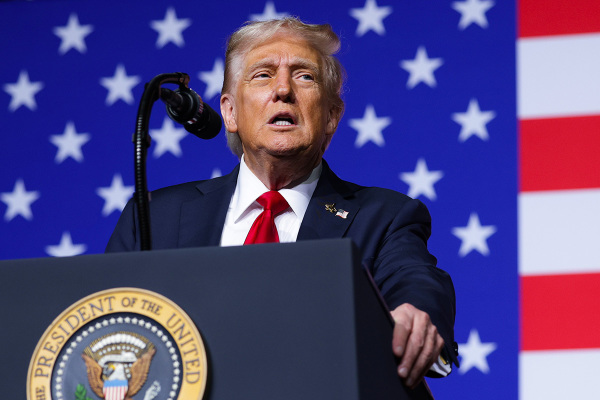What's the Count?
I should know better, and even do know better, than to pass on brief comment about religious statistics. Demographers and statisticians come in many forms from many schools with many methods, and they question and correct each other and those of us who cite any of them. Still, with fingers crossed and aware of methodological complexity, I cautiously pass on important examples.
This week it is C. Kirk Hadaway and Penny Long Marler's "How Many Americans Attend Worship Each Week? An Alternative Approach to Measurement" (Journal for the Scientific Study of Religion, September 2005). Hadaway is a veteran Yankee researcher, serving Episcopalians from New York, and Marler is a Sunbelter at Samford University in Alabama. Hadaway especially has long been suspicious of the numbers of polled Americans claiming to have attended worship that week. He has devised a variety of ways of checking on their responses. I can't detail the "alternative approach" here, but must move straight to findings and extrapolations.
The two authors do their best to estimate the number of churches and other houses of worship, converting careful local samplings to national totals. They estimate that there are 331,000 congregations distributed over the United States. Then they tally poll results and estimate average attendance by groups. Now we rush to Hadaway and Marler's conclusions.
According to the researchers' findings, if last week was typical, 9,023,693 "Mainline Protestants" were to be found in 82,183 congregations, averaging 110 at each -- or 19.4 percent of their constituent population over age five. Roman Catholics? At 19,544 parishes, with average attendance of 854, there were 16,680,804, or 25.4 percent of the constituent population. Orthodox and other Catholics numbered 471,128 in 2,431 churches, with a high rate of 35.9 percent of the constituency at worship. "Other Christians" in 36,450 places were represented by 97.9 people on average, or 3,568,455 at worship, 25.2 percent of the constituency. Non-Christians: 18.2 percent of the constituency in 11,720 congregations, with 138.75 worshippers average, totaling 1,625,564. And the biggie: "Conservative/Evangelicals" in 178,672 places, again 25.4 percent of the constituency, or 22,233,944 worshippers.
Had enough? Totals: At those 331,000 congregations, on average there were 161.9 in attendance, or 20.4 percent of their constituencies, totaling 53,603,588. I wonder how many marathon runners, soccer players, golfers, newspaper readers, and sleepers-in formed alternative and competing congregations.
The significance of their measurement, say the authors, is that "only around 21 percent of the American population attend religious services during a typical week -- a figure that is exactly half of the most often reported Gallup poll total of 42 percent." There is no reason to say "yes" instead of "no" when Gallup and other pollsters ask if we worshipped last week. Yet people do. The authors speculate why there is a drop in attendance, if there is, but that is a subject for a different day.
For today the conclusion is this: These statistical "sightings" find about half as many people actually at worship as say they were, or think they were. Still, 53,603,588 Americans at voluntary events during weekend hours is an impressive figure. Show it to your European relatives, and they'll be awed.
References:
For more information about the Journal for the Scientific Study of Religion, go to http://las.alfred.edu/~soc/SSSR/jssr.html. C. Kirk Hadaway may be reached at khadaway@episcopalchurch.org, and Penny Long Marler may be reached at plmarler@samford.edu.
_____________________________________________________________
Martin E. Marty's biography, current projects, upcoming events, publications, and contact information can be found at www.illuminos.com. Original Source: Sightings – A biweekly, electronic editorial published by the Marty Center at the University of Chicago Divinity School.





















